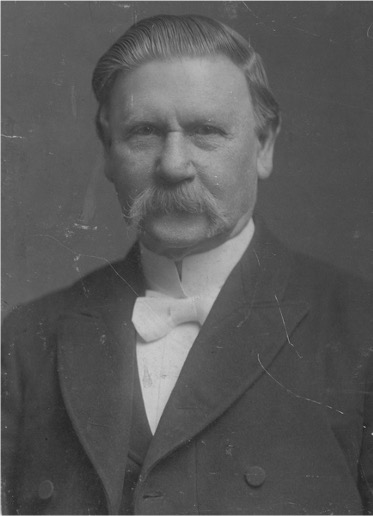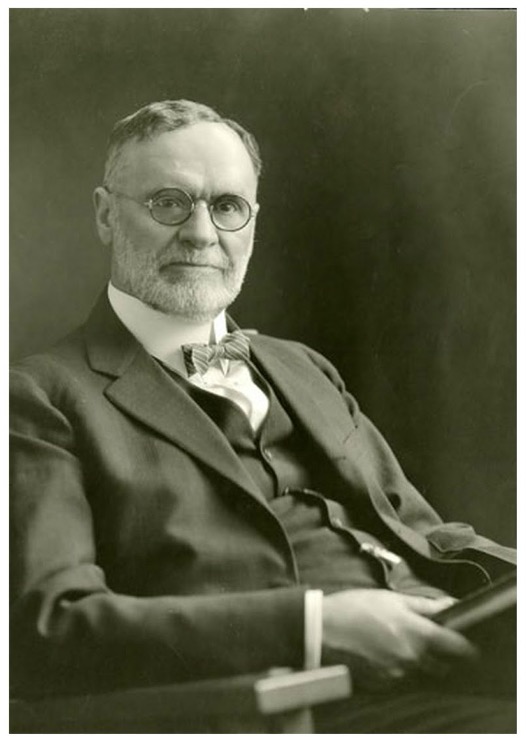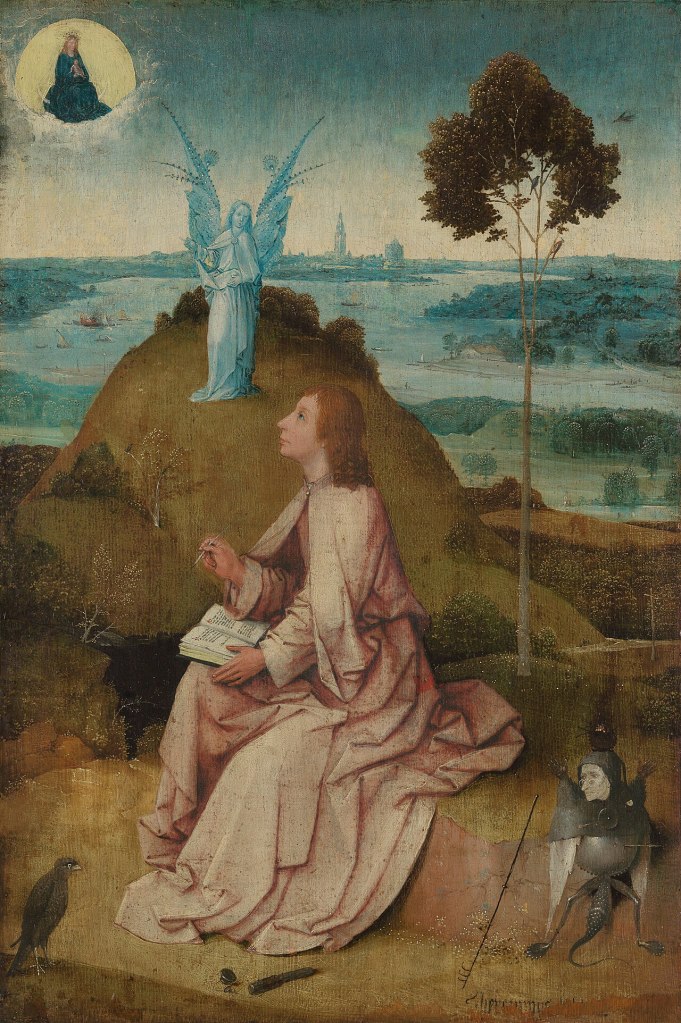[Note: The notes I’m including in these daily entries are skeletal. I have a personal, verse-by-verse commentary I’ve put together over the years as I sought to read everything I could from those who wrote about the Book of Mormon—prophets and scholars who know more than I do; but, I’m saving those for another day :). The notes below are simply my thoughts this time around as I read the Book of Mormon this year.]
1-2 if the Gentiles hearken unto the Lamb of God…they shall be numbered among the house of Israel, or adopted in, as we say. They may be geographic gentiles, but they become spiritual Israel, or the household of faith.
3-5 that great pit…hell…the captivity of the devil, and also the justice of God…[unless] they repent, the interpretation of the gulf in Lehi’s dream. It’s interesting that the gulf is both hell and the justice of God, but only the full weight of justice when there is no mercy to temper it (see Alma 42). If we repent, we access the mercy of atonement and escape the demands of justice (D&C 19:16-19).
7 I will work a great and a marvelous work, the Restoration of the gospel in the latter days to gather scattered Israel; and it begins, as I noted in the last chapter, with the coming forth of the Book of Mormon to restore the plain and precious truths of the gospel. This is the angel’s emphasis to Nephi because Nephi needs to know why he must forge plates and begin a record.

either on the one hand or the other, I am fascinated by the idea that when we are confronted with truth and light, it can have either a salutary or condemnatory effect. Peter says Jesus is a precious cornerstone to some, but to others a “stone of stumbling and a rock of offense” (1 Pet 2:8). Why is that?
8 covenants of the Father unto the house of Israel, what is the covenant? In short, as Isaiah says, “For a small moment have I forsaken thee; but with great mercies will I gather thee” (Isaiah 54:7).
10 there are save two churches only, as noted in the previous chapter, just as the church of the devil is the devil’s kingdom (and no particular church), so the church of the Lamb of God is God’s kingdom (and no particular church). God’s goodness and influence, in effect his kingdom, is everywhere, on both sides of the veil, and the Church of Jesus Christ of Latter-day Saints is only one iteration of it. Below are two of my favorite apostolic quotes about the universality of God’s work:

“For the inspiration of God in olden times was not confined to the men who wrote the Jewish scriptures. . . . God has permitted his spirit, which is the light of truth, and which manifests truth, to be poured out upon all the inhabitants of the earth to some extent; . . . all people of any age, race or country who seek unto God with an honest heart in fervent prayer, desiring truth and to be taught of God, will be enlightened by him. There have been inspired bards and sages and poets, who have uttered words of truth, words of inspiration concerning things of which they had been enlightened of God. And many things that such men wrote have been recorded and handed down, and scraps of them may be found among all nations and peoples . . . his spirit has enlightened mankind in all ages to a certain extent; for the spirit of the lord, which gives light to the human understanding is the spirit by which we live; it is the spirit of light; it is the spirit of life. . . . This spirit is not confined to one race of people, or to one country, or to one age or generation, but it is universal; it is of him in whom we live and move and have our being. it is the true light that lighteth every man that cometh into the world.” (Charles W. Penrose, JD 23:346)

“[God] is using not only his covenant people, but other peoples as well, to consummate a work, stupendous, magnificent, and altogether too arduous for this little handful of saints to accomplish by and of themselves . . . all down the ages men bearing the authority of the holy priesthood—patriarchs, prophets, apostles and others, have officiated in the name of the lord, doing the things that he required of them; And outside of the pale of their activities other good and great men, not bearing the priesthood, but possessing profundity of thought, great wisdom, and a desire to uplift their fellows, have been sent by the almighty into many nations, to give them, not the fulness of the Gospel, but that portion of truth that they were able to receive and wisely use. such men as Confucius, the Chinese philosopher; Zoroaster, the Persian sage; Gautama or Buddha, of the Hindus; Socrates and Plato, of the Greeks; These all had light that is universally diffused, and concerning which we have this day heard. They were servants of the Lord…and were sent to those nations to give them the measure of truth that a wise providence had allotted to them. . . These also have been used from the beginning to help along the Lord’s work—mighty auxiliaries in the hands of an almighty God, carrying out his purposes, consciously or unconsciously.” (Orson F. Whitney, CR, Apr 1921, pp. 32–33)
11 whore of all the earth…sat upon many waters, it should be clear now that Nephi is seeing the same vision John the Revelator saw (Rev 17). The symbolism of the waters suggests that Satan’s lair is in the dark depths, and it has no solid foundation.
13 to fight against the Lamb of God, the battle is within our hearts and minds, as President David O. Mckay taught, “The greatest battles of life are fought out daily in the silent chambers of the soul.” Too often we point fingers at others, but our enemies are within—the church of the devil as well as the church of the Lamb, are both inside us.
14 the power of the Lamb of God…descended upon the saints…and they were armed with righteousness and with the power of God in great glory, I’m curious what Nephi actually saw. How were they armed with righteousness? What did he actually SEE? Good deeds? Temples & endowments? Baptisms and confirmations? Saints gathered at the Conference Center? People praying? The prophet Joseph Smith taught, “Search the Scriptures, search the Prophets, and learn what portion of them belongs to you” (HC 1:282). If any verse in this chapter references you and me, this is the foremost.
15-16 war, the telltale sign of the church of the devil.
17 then, at that day, the work of the Father shall commence, in a day of wars and rumors of wars, the marvelous work mentioned in vs 7—the coming forth of the Book of Mormon and the Restoration through the prophet Joseph Smith—would begin, all to gather Israel as the Lord covenanted to do.
18-30 one of the Twelve (John)…he shall see and write the remainder of these things, for us laymen, it’s mildly tragic that John, who is very difficult to understand because of his use of symbolism and metaphor, even more than Nephi, is the one who was to record the vision. Had Nephi been given that assignment, I think the latter-day prophecies would be more clear than they are in Revelation. In any event, others also saw the vision (v26), and their words are sealed, to come forth “in the own due time of the Lord.”

28 small part, compare with 1 Ne 22:29; 2 Ne 32:7; JS-H 1:17; 3 Ne 17:16-17; 19:31-34; D&C 76:115-116. The prophet Joseph Smith taught, “I could explain a hundred fold more than I ever have of the glories of the kingdoms manifested to me in vision, were I permitted… [and] were the people prepared to receive them” (TPJS 305).